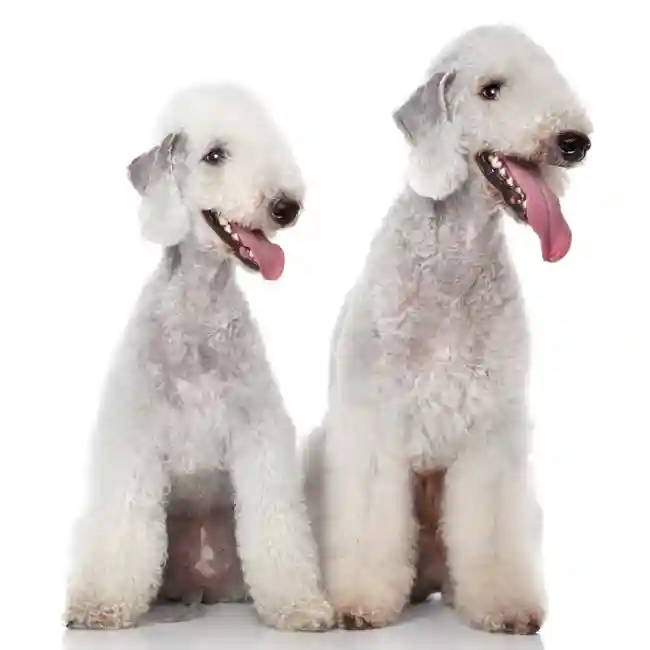Bedlington Terrier

Graceful terriers in sheep’s clothing, Bedlington Terriers, named for the English mining shire where they were first bred, are genial housemates, alert watchdogs, versatile athletes, and irresistibly cuddly TV-time companions.



Ask About Bedlington Terrier ?
Breed Traits
General Appearance
A graceful, lithe, well-balanced dog with no sign of coarseness, weakness or shelliness. In repose the expression is mild and gentle, not shy or nervous. Aroused, the dog is particularly alert and full of immense energy and courage. Noteworthy for endurance, Bedlingtons also gallop at great speed, as their body outline clearly shows.
Size, Proportion, Substance
Head
Neck, Topline, Body
Tail
Coat
Color
Gait
Group
Terrier
Temperament
About
History
Standard
Nutrition
Grooming
Exercise
Training
Health
All pets have found there homes! Sign up to be notified when new pets are added so you don't miss out.


